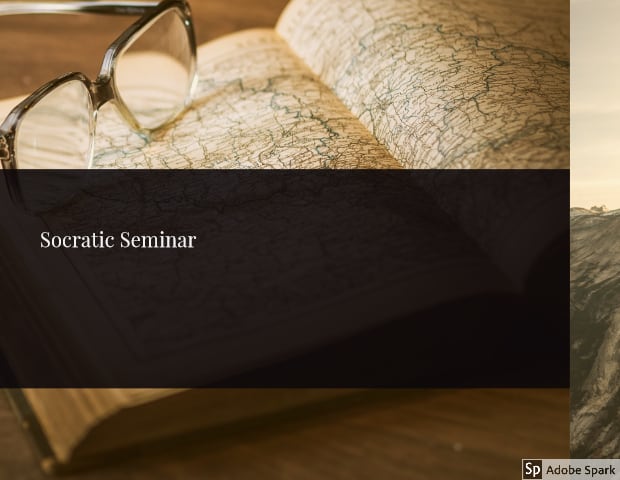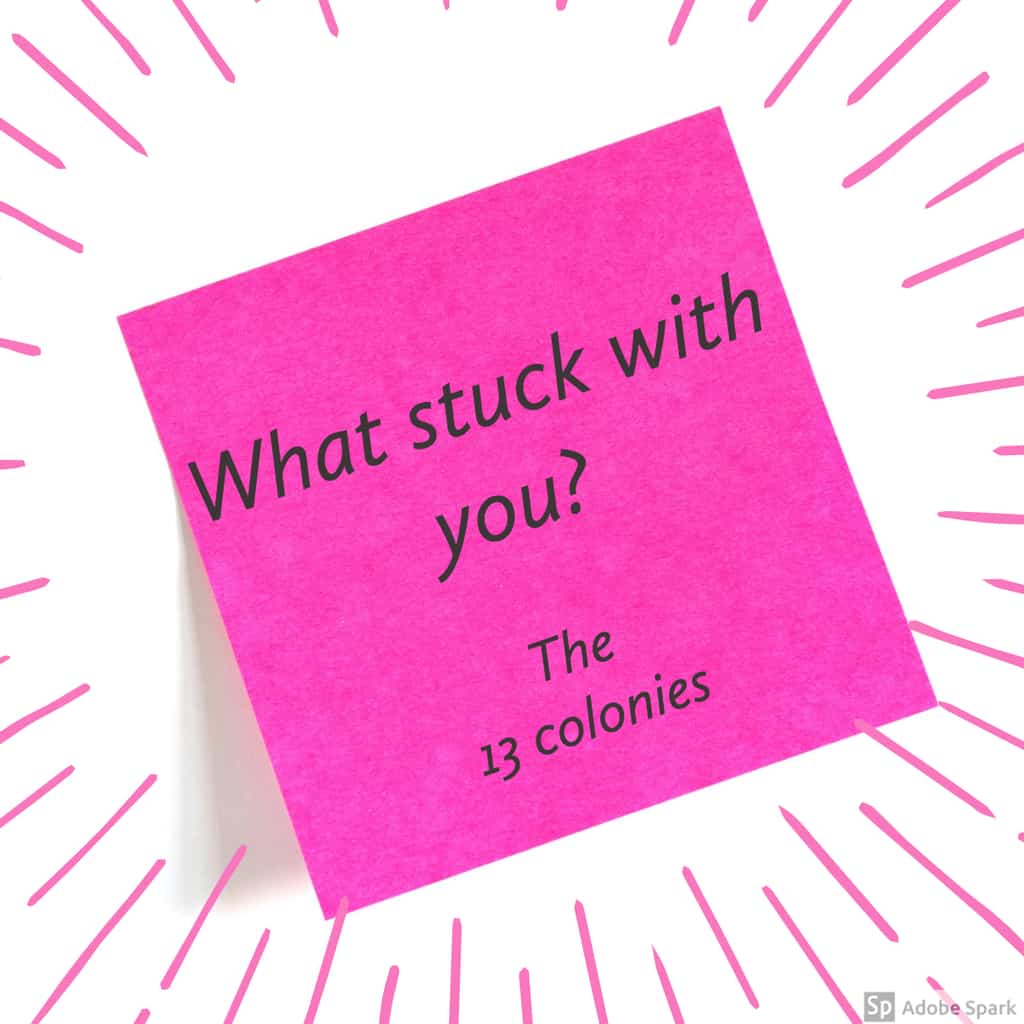The context of the lesson is that my CT and I had just finished a unit based on American expansion and progression. The unit would cover things such as the American expansion westward, the Gilded Age, Progressive Era and Women’s Suffrage. The major question given over the course of the unit was “How should progress be defined in America?”.
For our discussion method, we used an affinity mapping exercise in order to have a conversation on the unit. Students were given a stick note and asked to briefly give their definition as to what should define progress in America and why. They were asked to put these sticky notes on the board near the question. We then challenged students to take the sticky notes and arrange them into categories based on what was similar. After the students had done this, we would have a group discussion on the categories and why the students had decided to write about them in particular.
I learned from this experience the need to diversify discussion activities. Prior to this, we had the students just share aloud with the class what they thought and if was often difficult to get them to respond, particularly 1st period. When we tried this new discussion technique, the students were more energetic and willing to answer. From now on, I plan to incorporate multiple types of discussion activities into my lessons.




